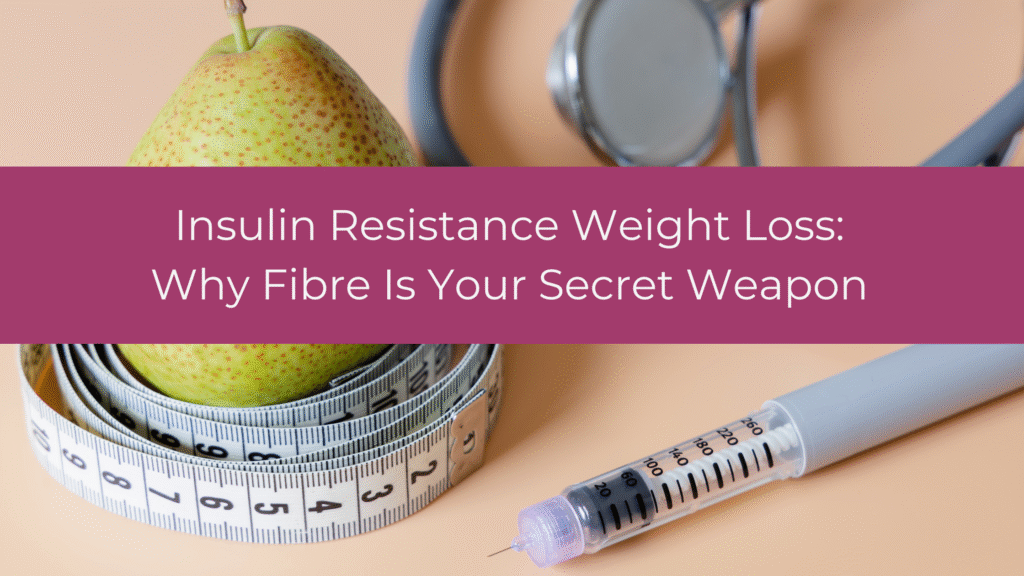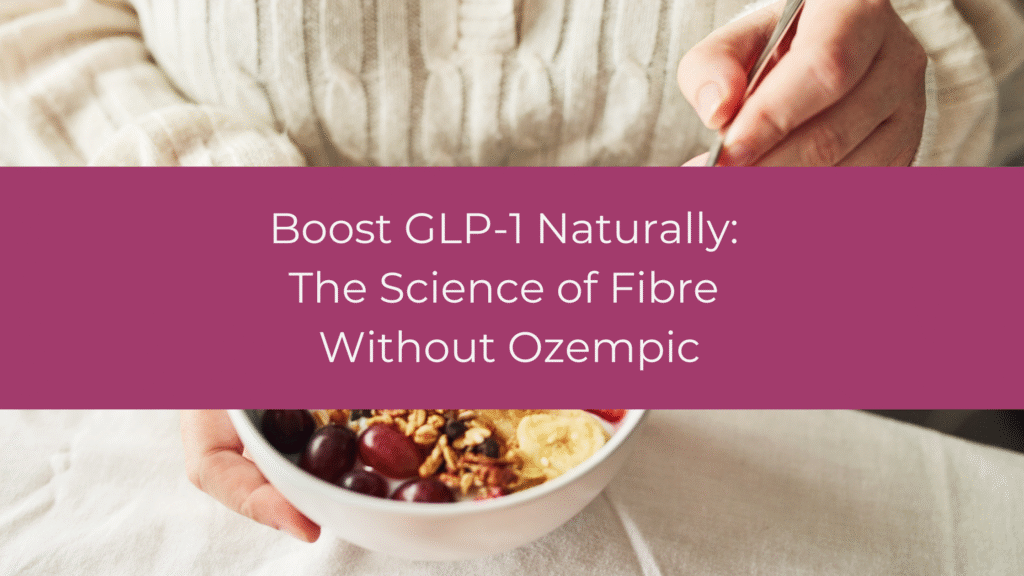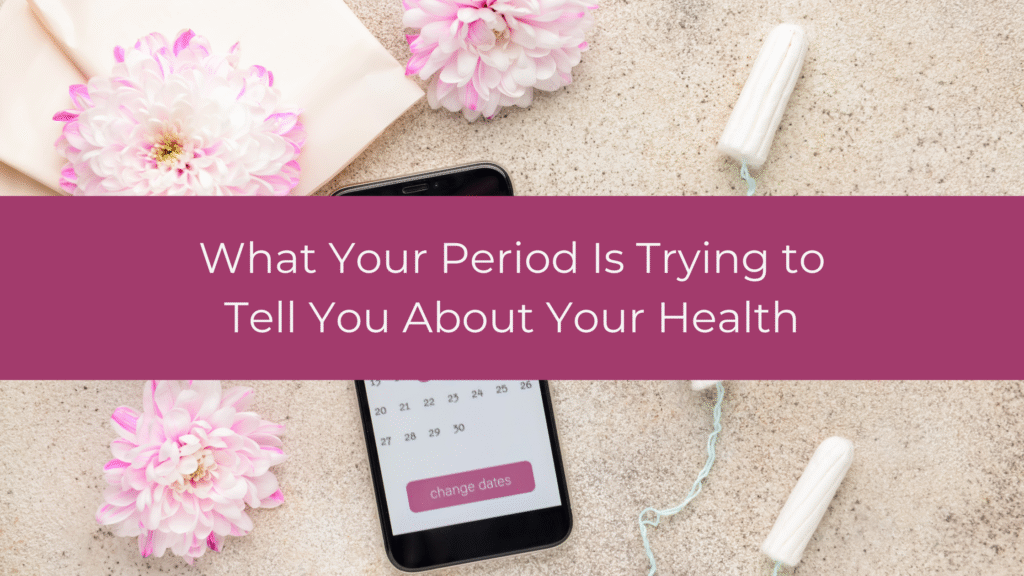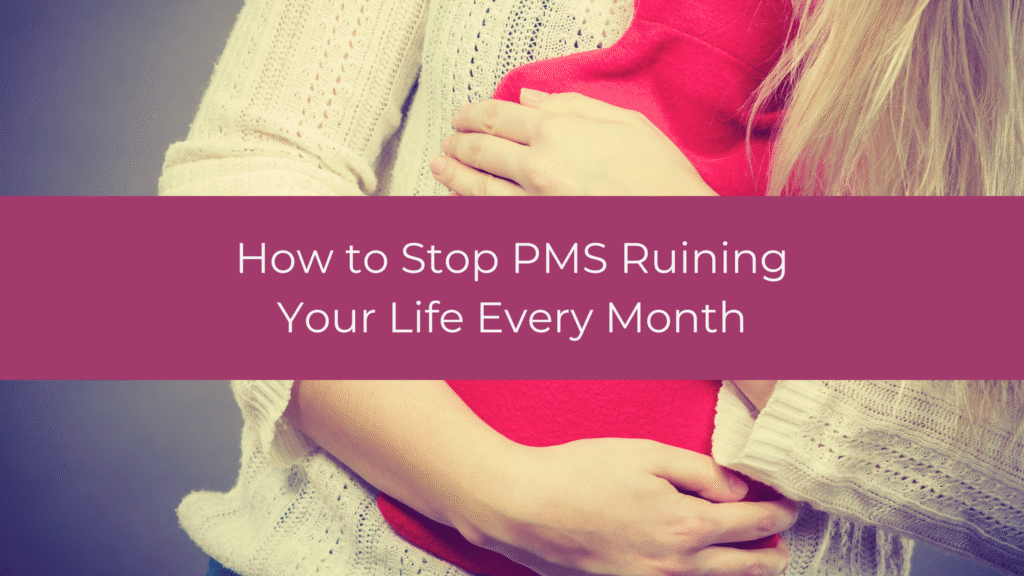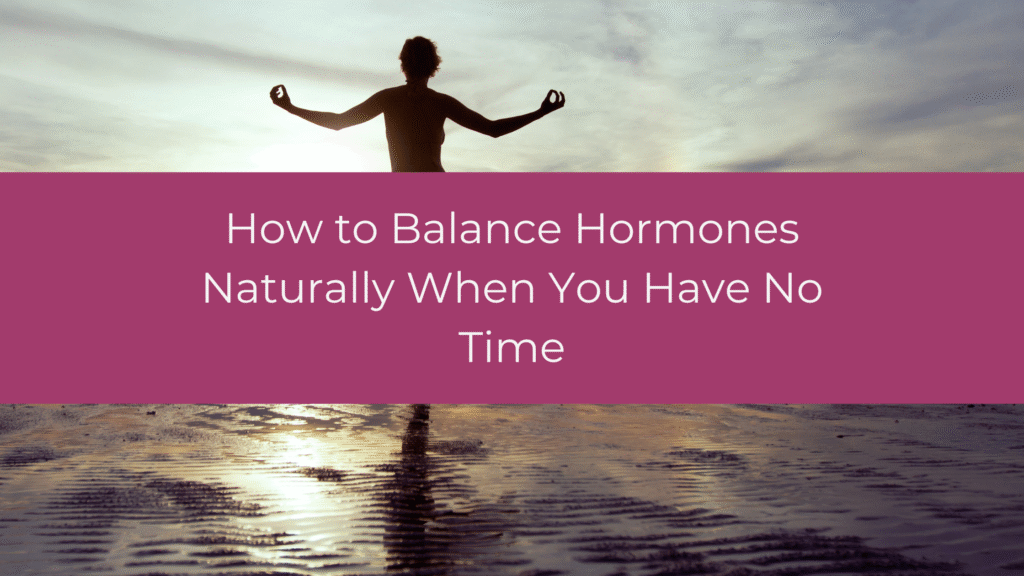How To Stop PMS Ruining Your Life Every Month
What if your monthly cycle didn’t have to be a source of dread and disruption? Imagine navigating your professional life with confidence, even during the most challenging phase of your menstrual cycle. Ready to stop PMS from controlling your life? Let’s explore a personalised approach together with a free 30-minute consultation.
Most PMS advice feels like it’s written by someone who’s never worked a high-pressure job where you can’t just ‘take a day off’. I learned the hard way that managing premenstrual symptoms isn’t about grand gestures, but smart, practical strategies that work with your crazy schedule.
Understanding PMS Symptoms
Let’s talk about what PMS actually looks like. Many ambitious women dismiss these symptoms as “just part of being a woman” or “normal monthly stress,” but your body is sending clear signals that deserve attention.
Common PMS symptoms include mood swings, irritability, fatigue, bloating, breast tenderness, food cravings, headaches, and difficulty concentrating. These aren’t just minor inconveniences. They can significantly impact your work performance, relationships, and overall quality of life.
Hormones like oestrogen and progesterone fluctuate dramatically during your cycle, creating a cascade of physical and emotional changes. When these hormones are out of balance, they create a domino effect that disrupts everything from your energy levels to your mental clarity.
Lifestyle Integration for PMS Management
Forget everything you’ve heard about needing hours of free time to manage PMS. Focus on strategic micro-habits that take less than 15 minutes each but deliver real symptom-reduction results.
Your daily routine can be a powerful tool in managing PMS. Start by tracking your cycle and understanding your unique patterns. This isn’t about restriction. It’s about working with your body’s natural rhythms.
Feeling overwhelmed by all the PMS management advice out there? Book a free 30-minute call to discover which strategies will make the biggest impact on your unique hormone health.
Nutrition Strategies for PMS Relief
Nutrition is one of the most powerful tools for managing PMS symptoms. The foods you choose directly impact how your hormones behave and how intensely you experience premenstrual challenges.
Prioritise foods that support hormone balance. Include complex carbohydrates, lean proteins, and healthy fats in every meal. Magnesium-rich foods like dark leafy greens, nuts, seeds, and dark chocolate can help reduce cramping and mood swings. Yes, dark chocolate! I’m obsessed with 90% Lindt chocolate, and it turns out my favourite indulgence is actually beneficial. Win-win!
Add anti-inflammatory foods regularly. Berries, fatty fish, turmeric, and ginger can help reduce inflammation that contributes to PMS symptoms. Try incorporating these into your meals throughout the month, not just when symptoms hit.
Stress Management and Cycle Awareness
Chronic stress can significantly amplify PMS symptoms. Your body’s stress response interacts directly with your hormonal system, potentially making PMS more intense and challenging.
Incorporate quick stress-reduction techniques that take minimal time. Five-minute breathing exercises, short meditation sessions, or even a brief walk can help regulate your nervous system and reduce PMS severity.
Consider your menstrual cycle when planning high-stress work commitments. During the week before your period, schedule less intense tasks and build in more recovery time. I know this isn’t always possible, especially on yachts, but even small adjustments can make a difference.
Movement and Energy Management
Exercise can be a powerful tool for managing PMS, but it’s crucial to move strategically. You don’t need intense workouts that drain your already limited energy.
Aim for 20-30 minutes of moderate movement that matches your current energy levels. Gentle yoga, walking, swimming, or light strength training can help reduce PMS symptoms without overwhelming your system.
Match your exercise intensity to your menstrual cycle phases. During the week before your period, focus on gentler, more restorative movements that support your body’s natural rhythms rather than fighting against them.
Your 7-Day PMS Management Reset
Day 1-2: Start tracking your cycle and note your specific symptoms. Begin incorporating one anti-inflammatory food daily.
Day 3-4: Add a 5-minute morning meditation or breathing exercise. Notice how your stress levels shift.
Day 5-6: Experiment with gentle movement that feels supportive. Try a short walk or gentle yoga session.
Day 7: Reflect on your week. Which strategies felt most supportive? What small changes made the biggest difference?
Ready to Transform Your PMS Experience?
Ready to transform how you experience your cycle? Book your free 30-minute consultation and let’s design a plan that puts you back in control.
You deserve to feel balanced, energised, and in control of your body, not constantly fighting against it. Together, we’ll create a strategy that works with your unique lifestyle and hormonal needs.
Disclaimer: This article is for informational purposes only and is not intended as medical advice. Always consult with a healthcare professional before making significant changes to your diet or health routine.

